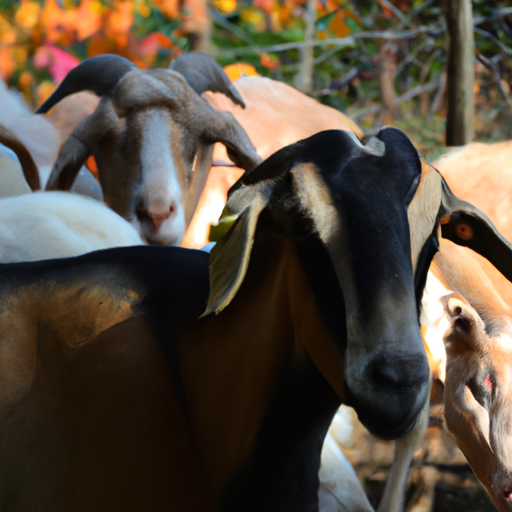 Introduction:
Introduction:
The world of farm animals is a fascinating one, filled with a diverse range of species, each with their own unique characteristics and behaviors. Understanding these animals’ natural instincts and providing proper management practices are essential for their well-being and optimal productivity. In this comprehensive article, we will delve into the world of farm animals, exploring their behaviors and management techniques, shedding light on their remarkable lives.
I. Cattle:
1. Behavior:
a. Social Structure: Cattle are social animals that form hierarchical relationships within their herds. Dominance hierarchies play a crucial role in maintaining order and reducing aggression.
b. Communication: Cattle communicate through vocalizations, body language, and grooming. They use various vocal sounds to express different emotions or needs.
c. Grazing Behavior: Cattle are herbivores, well-adapted to grazing. They have a unique method of grazing called “selective grazing,” where they choose specific plants based on their nutritional needs.
2. Management:
a. Housing: Providing appropriate housing facilities, such as open barns or pastures, is essential for cattle’s comfort and protection from harsh weather conditions.
b. Feeding: A balanced diet is crucial for cattle’s health and productivity. Proper feeding practices involve providing a mix of roughage, such as hay or grass, and concentrated feeds, including grains and minerals.
c. Health Care: Regular veterinary check-ups, vaccinations, and parasite control measures are vital for maintaining the health of cattle. Proper hygiene and cleanliness of housing areas are also crucial to prevent disease outbreaks.
II. Poultry:
1. Behavior:
a. Pecking Order: Chickens and other poultry species have a well-defined social hierarchy, known as the pecking order. This order determines access to resources and reduces aggression within the flock.
b. Nesting Behavior: Poultry exhibit nesting behavior, seeking out secluded areas to lay eggs. Providing appropriate nesting boxes or spaces helps satisfy their natural instincts and ensures the safe collection of eggs.
c. Dust Bathing: Poultry engage in dust bathing as a means of grooming and maintaining feather health. They create shallow depressions in loose soil or dust and roll around, spreading the dust through their feathers.
2. Management:
a. Housing: Poultry housing should provide adequate space, ventilation, and temperature control to ensure optimal welfare. Different housing systems, such as free-range, barn, or cage systems, come with their advantages and challenges.
b. Nutrition: Providing a balanced diet rich in vitamins, minerals, and protein is crucial for poultry health and productive egg-laying. Feed formulations should meet their specific nutritional requirements at different stages of growth.
c. Biosecurity: Implementing strict biosecurity measures, such as controlling access to the farm, disinfection protocols, and regular health checks, is essential to prevent the spread of diseases like avian influenza.
III. Swine:
1. Behavior:
a. Social Structure: Pigs are highly social and intelligent animals that form complex social structures within their groups. They engage in various social behaviors like grooming, play, and social vocalizations.
b. Rooting Behavior: Pigs have a natural instinct to root or dig in the ground using their snouts. This behavior helps them search for food, regulate body temperature, and explore their surroundings.
c. Scent Marking: Pigs use their scent glands to mark their territory and communicate with other members of their group. This behavior plays a significant role in their social interactions.
2. Management:
a. Housing: Providing appropriate housing for pigs involves ensuring adequate space, temperature control, and proper flooring that allows them to engage in rooting behaviors. Bedding materials like straw or sawdust provide comfort and enrichment.
b. Feeding: Swine nutrition should be carefully managed to meet their specific dietary needs. A balanced diet, including a mix of grains, protein sources, vitamins, and minerals, is crucial for their growth and health.
c. Waste Management: Efficient waste management systems, such as proper manure storage and treatment, are necessary to minimize environmental impacts and maintain a healthy farm environment.
Conclusion:
Farm animals, including cattle, poultry, and swine, exhibit a wide range of fascinating behaviors that are shaped by their natural instincts. Proper management practices, including suitable housing, nutrition, and healthcare, are essential for their health, welfare, and productivity. Understanding and respecting these animals’ behavioral needs not only ensures their well-being but also contributes to sustainable and ethical farming practices. By implementing effective management techniques, farmers can create a harmonious coexistence between humans and farm animals, benefiting both parties in numerous ways.
